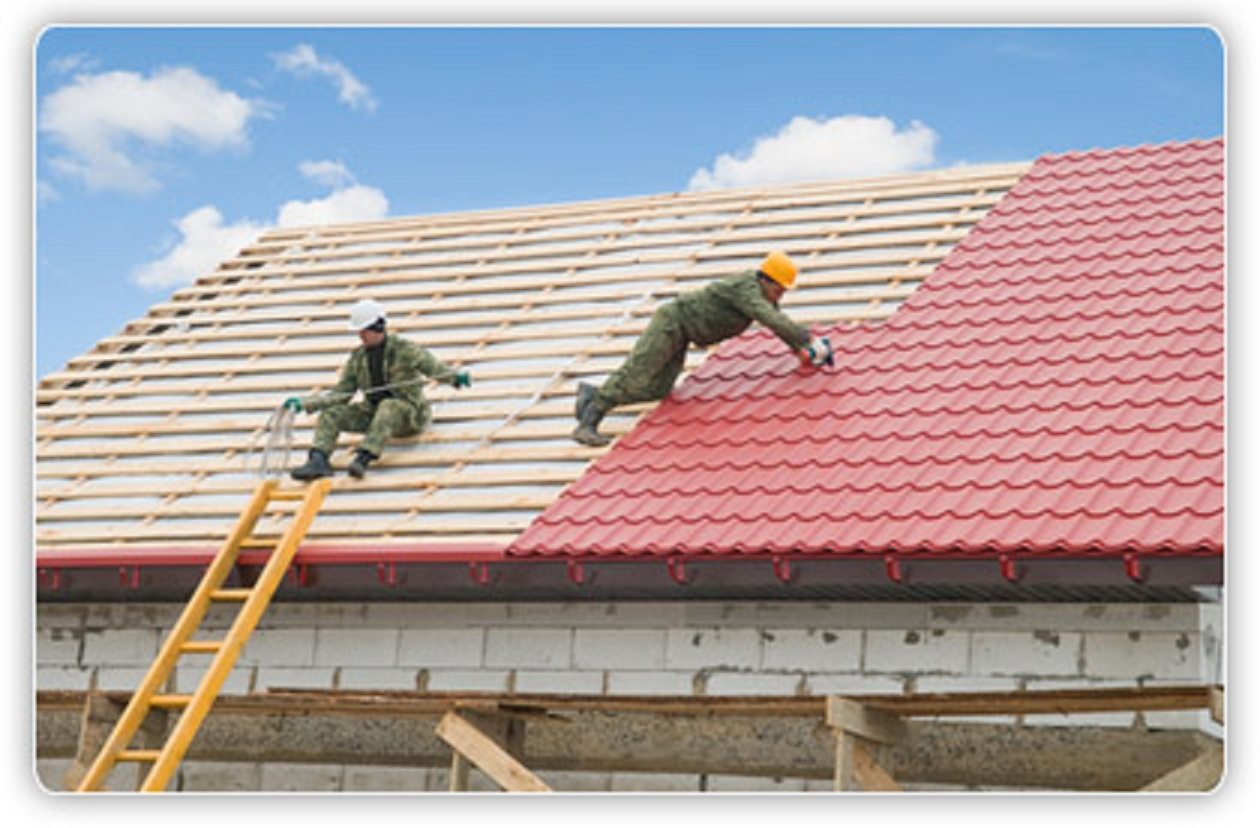Roofing is a important part of architecture for a number of essential causes:
Protection from the Elements: One of the primary functions of a roof is to provide shelter and protection from environmental parts similar to rain, snow, wind, and extreme temperatures. It prevents water from coming into the building, which can trigger structural damage, mold development, and other issues.

Structural Integrity: Roofs play a crucial function in maintaining the structural integrity of a building. They distribute the burden of the roof and any hundreds (e.g., snow) evenly to the partitions and basis. A well-designed and correctly constructed roof ensures the soundness and security of the whole structure.
Aesthetics and Design: Roofs are a visual and outstanding a part of a constructing's exterior. Architects use roof design to enhance the overall aesthetics of a structure. The form, material, and style of the roof can contribute to the architectural character and attraction of a constructing.
Environmental Considerations: Sustainable structure locations an emphasis on vitality effectivity and environmental accountability. Roofing materials and design can impact a constructing's power performance. For example, cool roofs can replicate extra daylight and take in less warmth, decreasing cooling prices and urban warmth island results.
Natural Lighting and Ventilation: Roof design can incorporate features like skylights, dormers, and roof vents to offer natural lighting and air flow within a constructing. This can enhance indoor comfort and scale back the necessity for artificial lighting and mechanical ventilation.
Historical and Cultural Significance: In some architectural styles, such as Gothic or Victorian, the roof can be a key component that reflects the historic and cultural context of a building. Roof details and shapes can tell a story concerning the era in which a structure was built.
Visit website : Roof design can create further usable house within a constructing, such as attic rooms, rooftop gardens, or outside living areas. Architects typically consider the way to maximize house and functionality when designing roofs.
Energy Efficiency: Energy-efficient roofing materials and design can contribute to a building's general energy performance. Proper insulation and air flow may help regulate indoor temperatures and scale back heating and cooling costs.
Safety and Fire Resistance: Roofing supplies are chosen with security in thoughts. Some supplies, like fire-resistant roofing, might help stop the spread of fires in a constructing, offering useful time for occupants to evacuate.
In abstract, roofing is a basic aspect of architecture that combines functional and aesthetic concerns. It not only protects the interior of a constructing from the weather but also contributes to the general design, sustainability, and security of a structure. Architects fastidiously think about roofing materials, shapes, and options to achieve their design goals while guaranteeing the comfort and well-being of building occupants..
